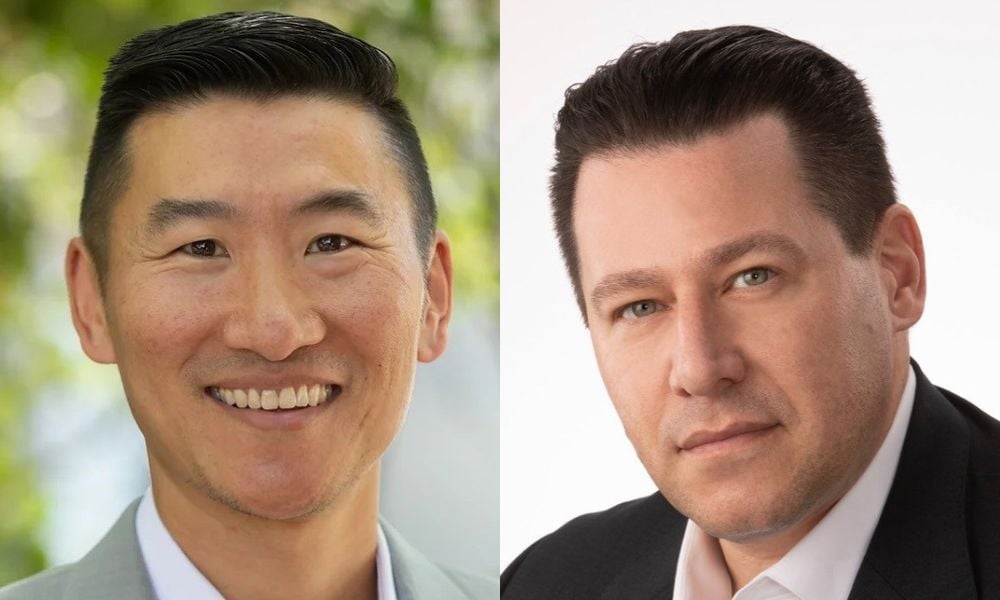

The fall season and a new school year brings a lot of energy for the future. For advisors, it also means thinking about their own futures - and their clients.
For prospective RIAs thinking about breaking away, one of the most important aspects is the client book. One such question new RIAs need to consider is who to take with them and who to leave behind.
Jason Fang has firsthand experience. The principal and wealth advisor at TerraFirma Wealth Partners cites having fewer clients as part of the motivating factor for going RIA.
“Throughout my career, I've gone from really large to medium-sized [client books] and now the goal is to work with fewer clients,” he says.
Fang explains when he worked previously at Fidelity Investments, his client book consisted of 450 households. After leaving Edelman last month, his book was 220, a size he says is "middle of the pack."
"The strength of the relationships starts to weaken the more that you have and part of my reason for going RIA was to maintain the stronger relationships and be able to just perform at a higher level for them,” Fang added.
Having that initial conversation to drop a client is never easy, especially if one wants to go independent. The result can mean the client leaving the wirehouse or IBD entirely or being moved to another advisor.
Regardless, prospective RIAs have to drop clients that sometimes “aren’t the right fit,” says Joe Mooney, managing director for advisor engagement and enterprise development at Concurrent.
“Clients may be overly demanding, and maybe don't play well with the support staff. Maybe it's just a relationship [in which] you don't see eye to eye. Maybe it’s not a profitable relationship, which often can be the case, especially if you're going from a world like the IBD.
“You could have a client that never really bought into the whole fee-based model and it was more of a commission client,” he added.
Brett Bernstein, founder of XML Financial Group, recalls working with a sizable client who came to the firm after he had left Merrill.
“We were [then] at LPL, and they were going to move from this individual stock portfolio, and we were going to do financial planning, allocation-based [porfolios] but the client didn’t want to do that. He just wanted to keep doing the same thing. And we said, ‘It's not for you … and you should transfer it somewhere else.'
“If you don't believe in that philosophy, then that's okay. People change how they do things,” Bernstein added.
Bernstein also outlines several reasons why advisors and clients might decide to sever the relationship.
“It could be unrealistic expectations in terms of service and performance or fees or a fundamental difference in philosophies. You believe in asset allocation and funds and ETFs, and they don't care about asset allocation. They want to put all their money in Nvidia,” he explains.
It could also mean that the advisor might not be providing what the client needs. In an investment management agreement, Bernstein highlighted, most should have spelled out what the expectations of the client are and what the expectations of the firm or the advisor are.
“We both have expectations we build up to, and if either of us are not [meeting them], then we either need to fix it, or maybe we're just not the right recommendation.”
Mooney believes that ultimately, there is no "magic number" for the ideal number of clients when going RIA, as it depends on the revenue and ability to support the practice.
“It comes back to [asking] what's the service model that you want to deliver to [the clients]? That's part of the reason why you want to go independent. You want to gain more control, more flexibility, to deliver the right services to your clients. With the book size, can you deliver that to the client?
Instead, Mooney suggests advisors work with partners, custodians, or consultants to determine the optimal client number for their specific service model.
“There's no right or wrong answer to this,” Mooney says. “What it comes down to is looking at your client base, and [asking] ‘Is this relationship with these clients profitable?’ If not, why? Maybe you don't invite them into your new venture.”

Carson is expanding one of its relationships in Florida while Lido Advisors adds an $870 million practice in Silicon Valley.

The approval of the pay proposal, which handsomely compensates its CEO and president, bolsters claims that big payouts are a must in the war to retain leadership.

Integrated Partners is adding a husband-wife tandem to its network in Missouri as Kestra onboards a father-son advisor duo from UBS.

Futures indicate stocks will build on Tuesday's rally.

Cost of living still tops concerns about negative impacts on personal finances
RIAs face rising regulatory pressure in 2025. Forward-looking firms are responding with embedded technology, not more paperwork.
As inheritances are set to reshape client portfolios and next-gen heirs demand digital-first experiences, firms are retooling their wealth tech stacks and succession models in real time.
